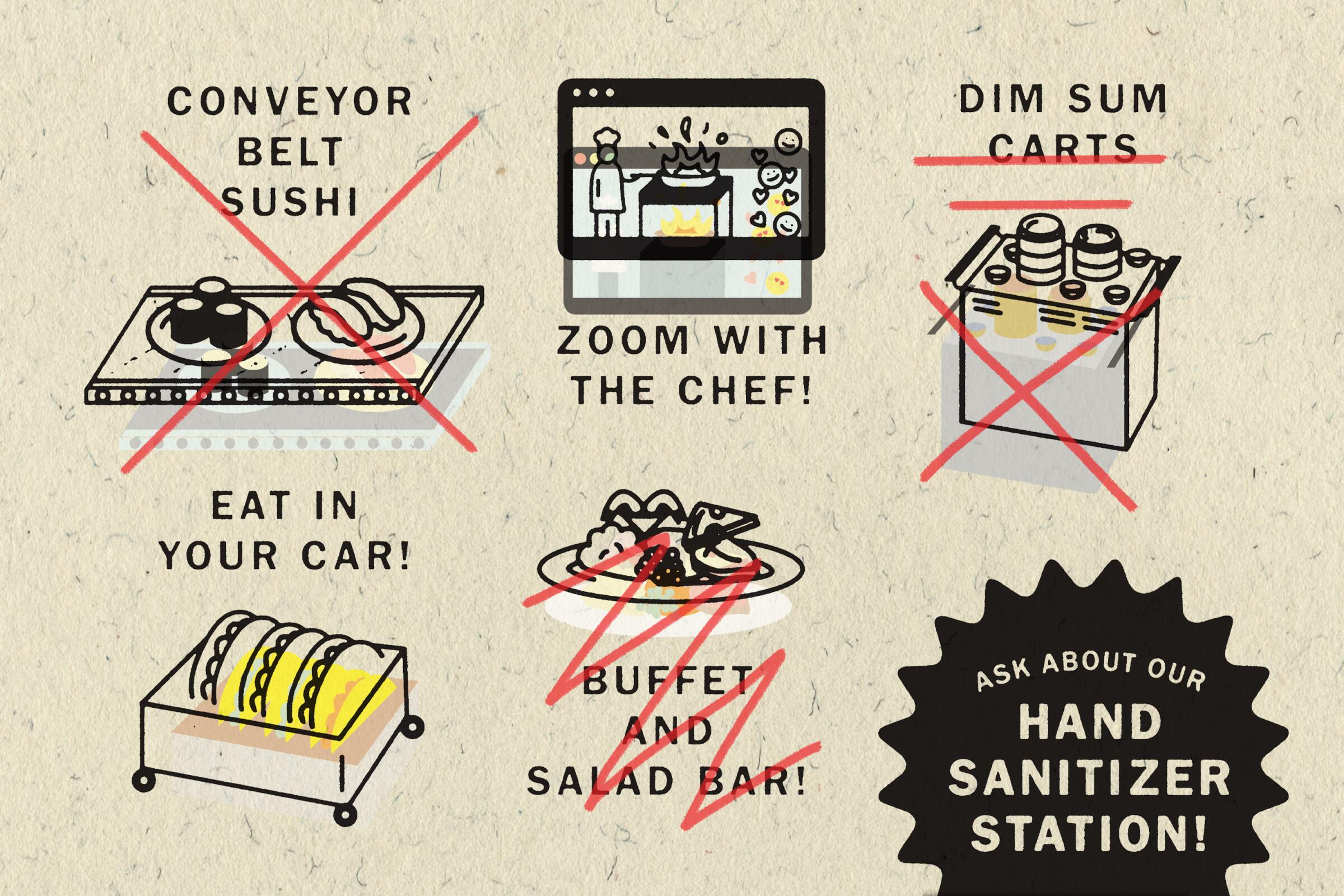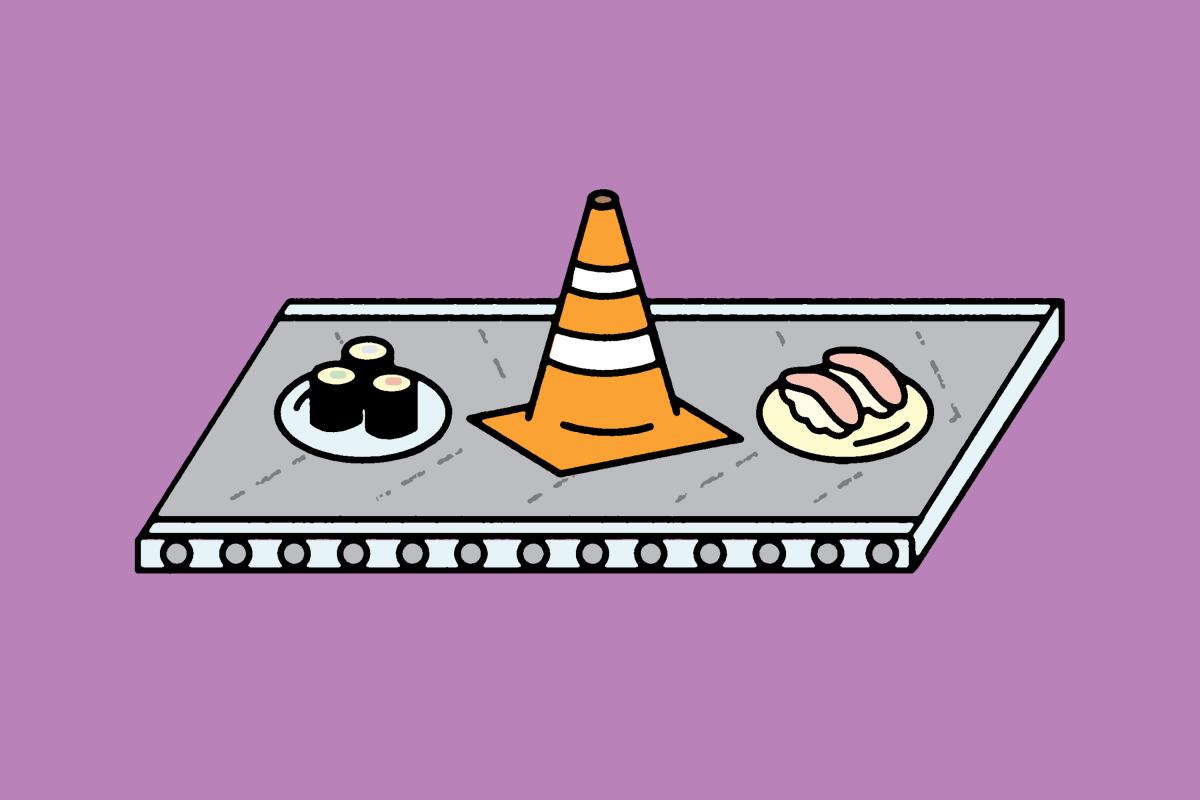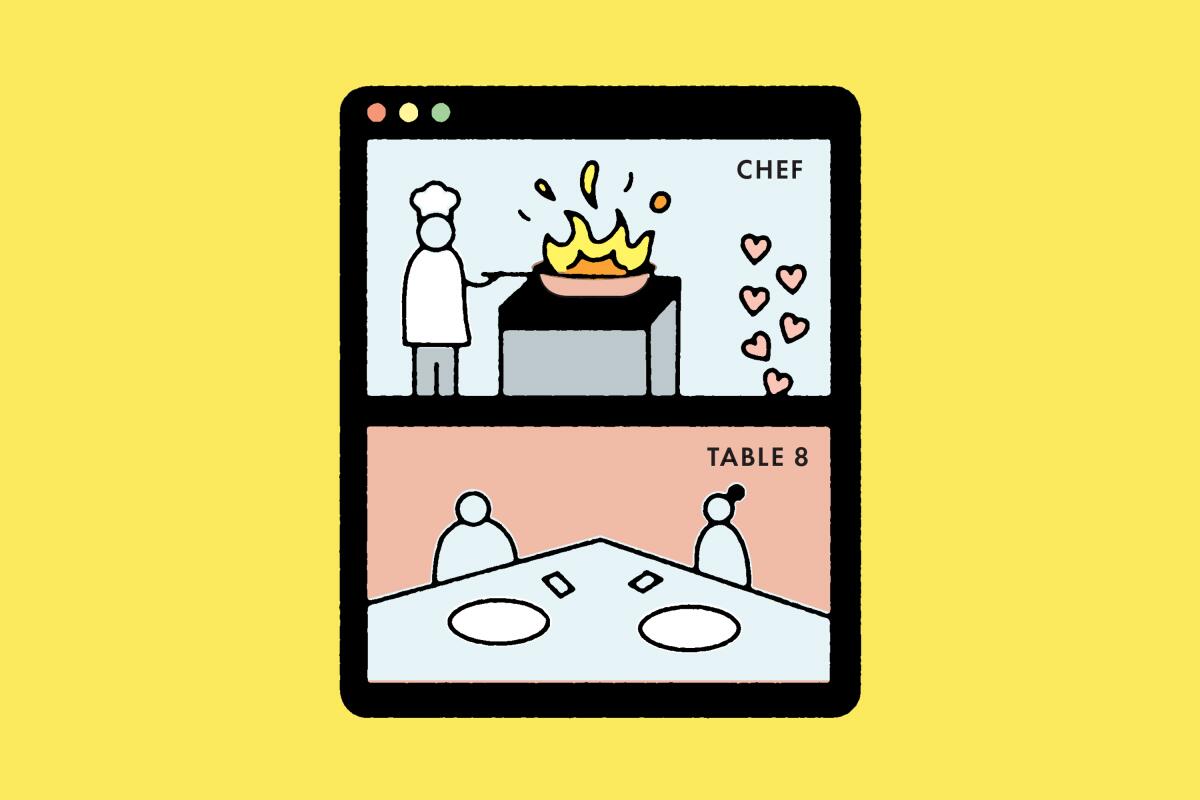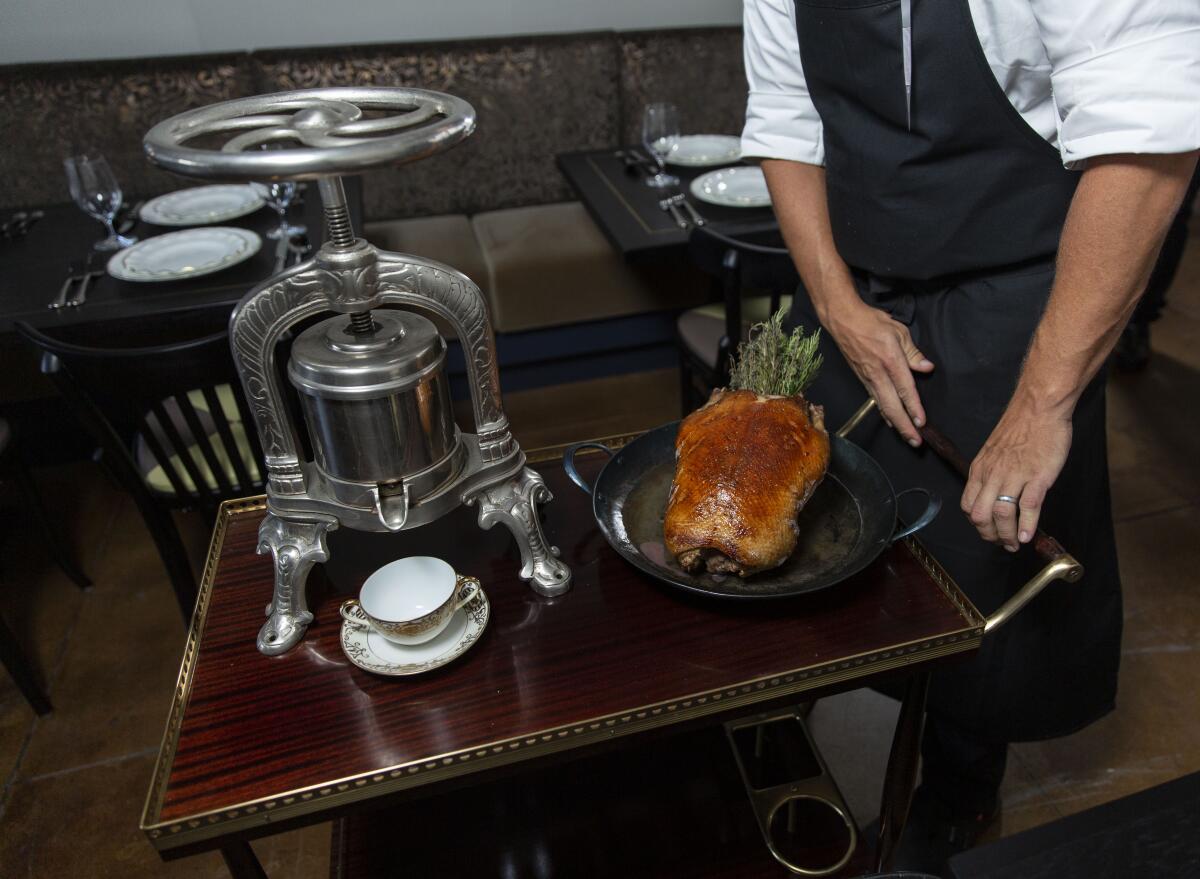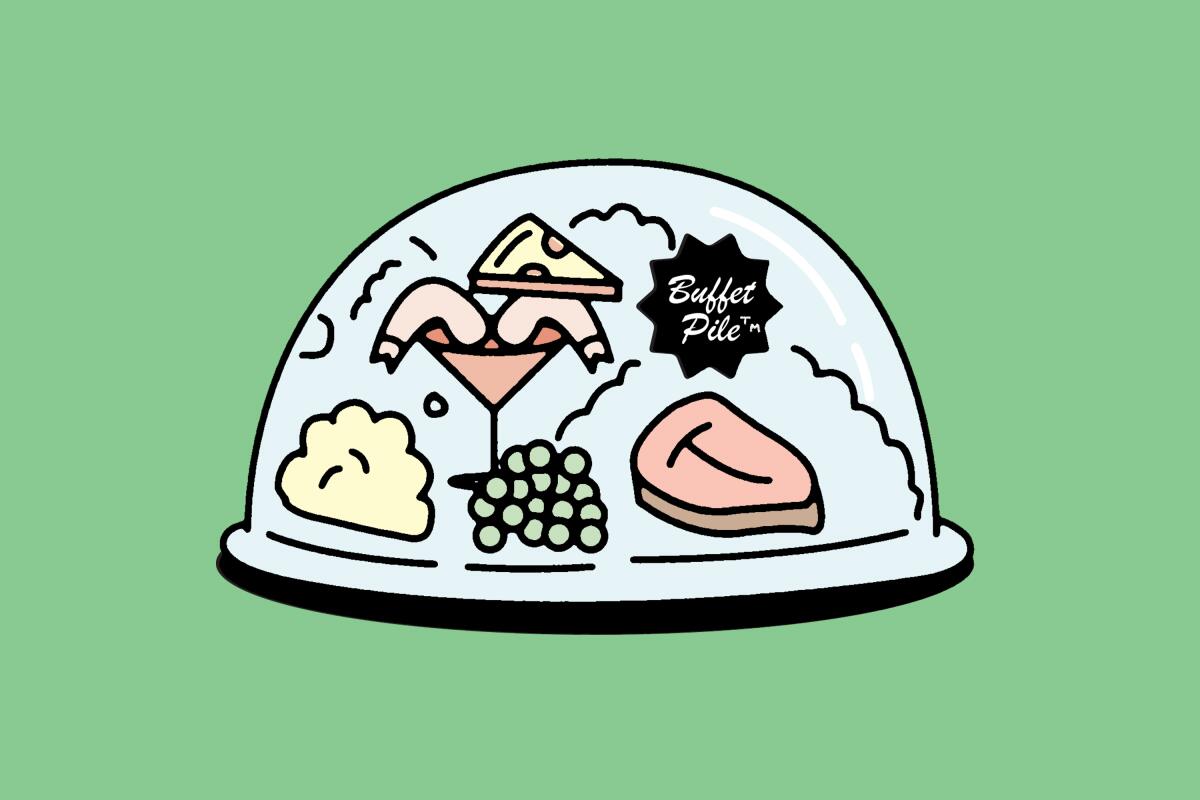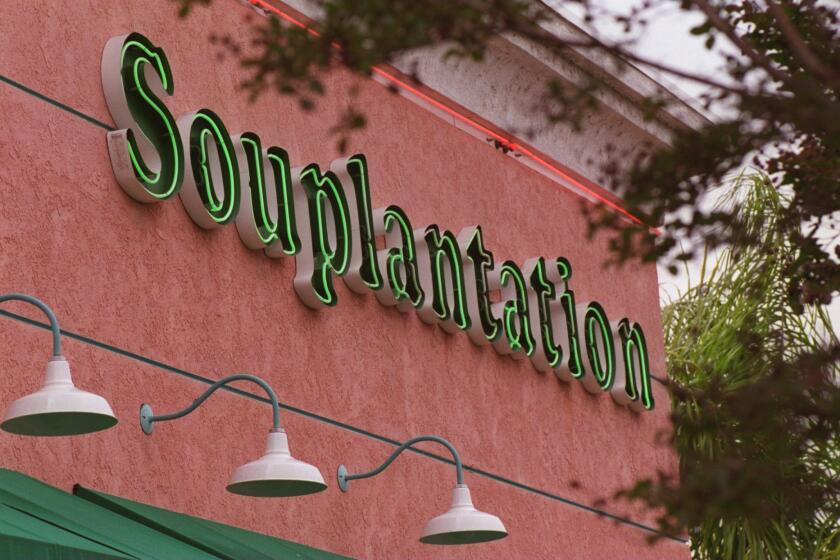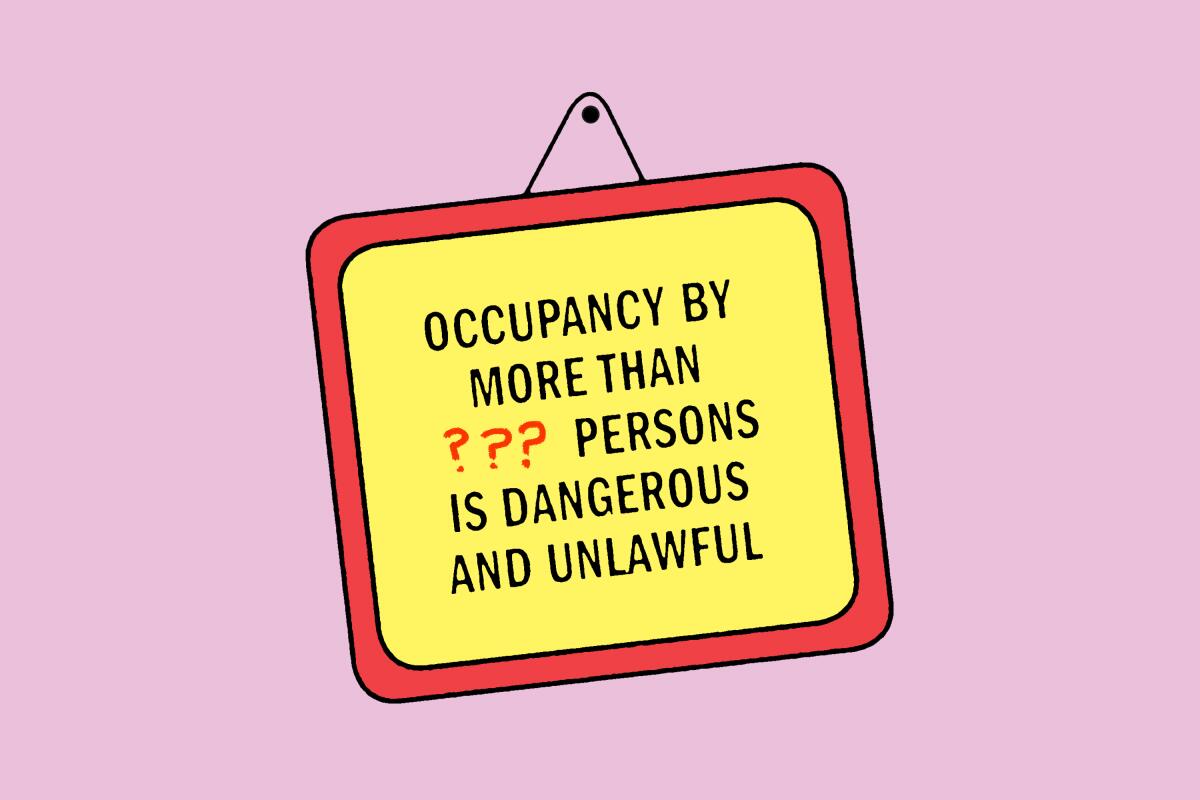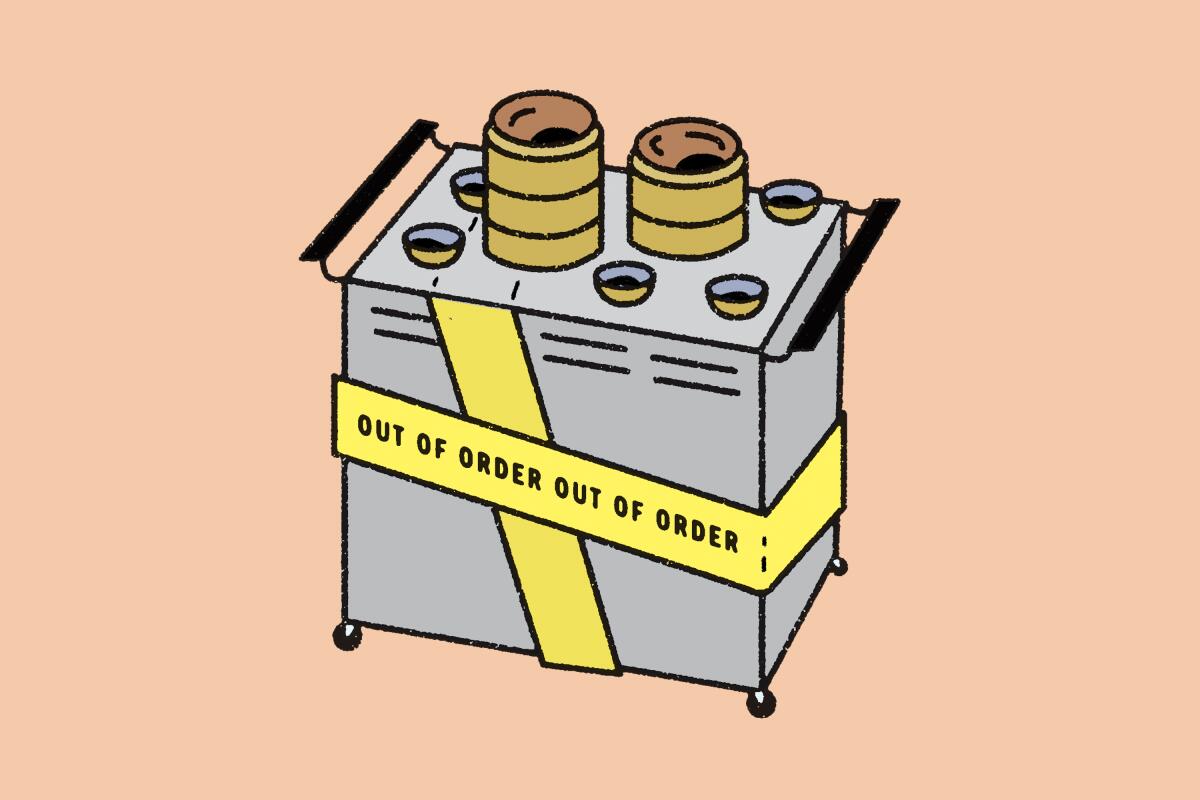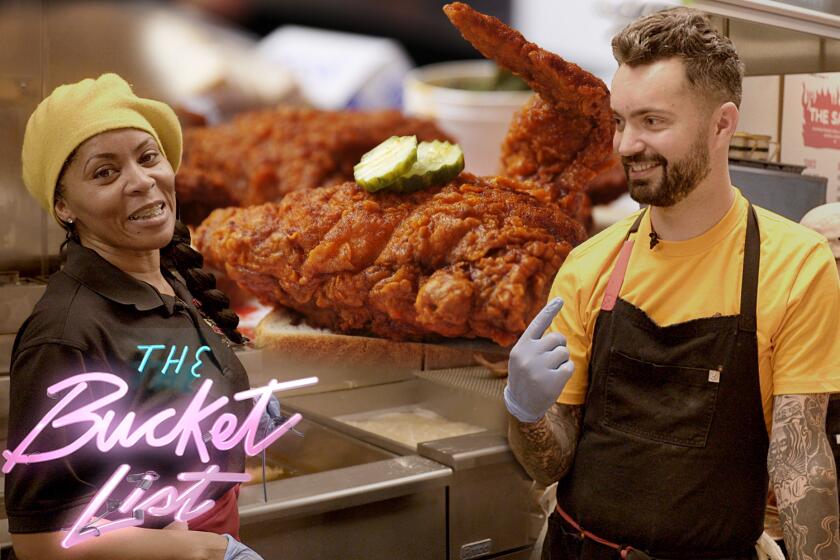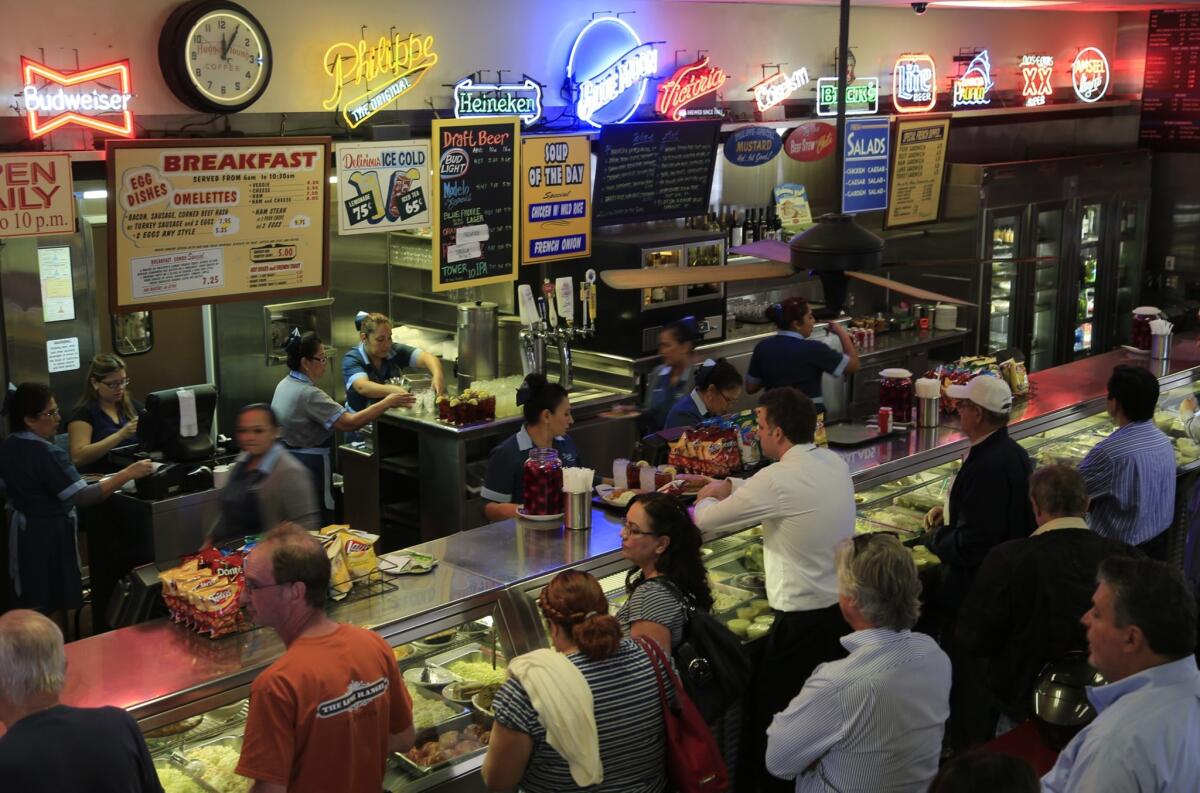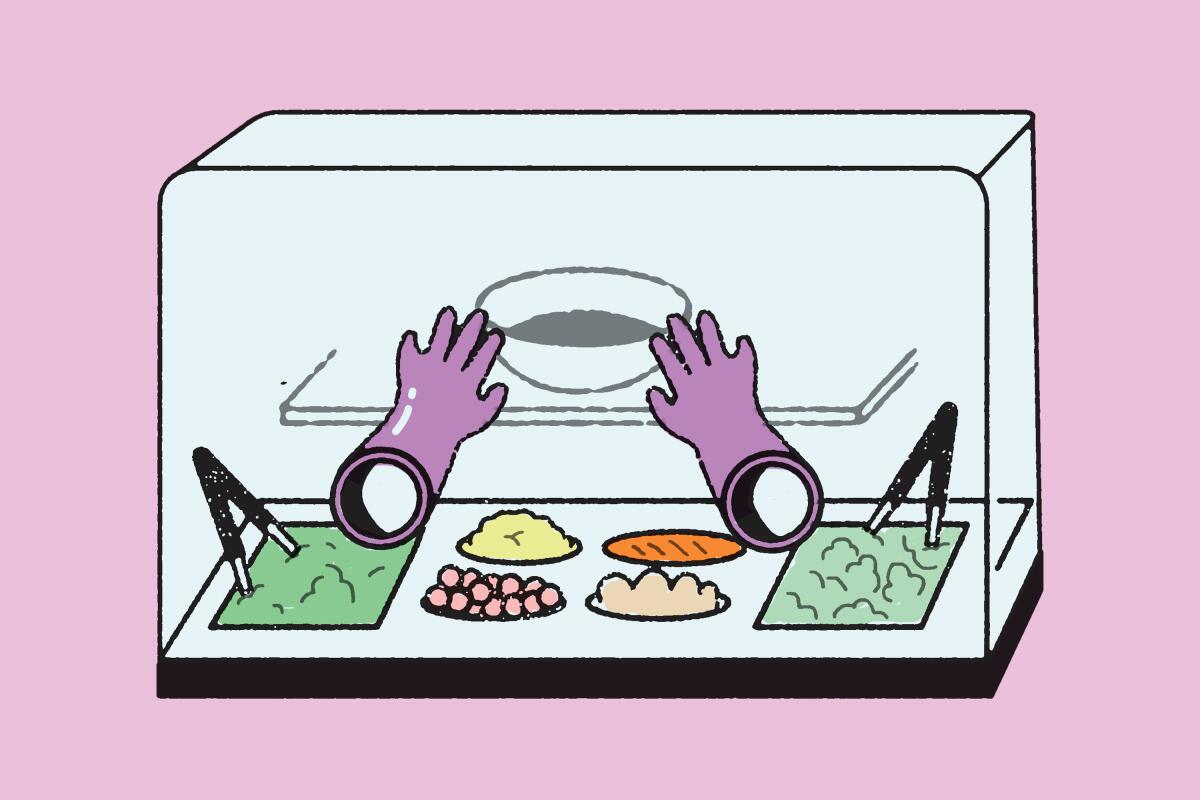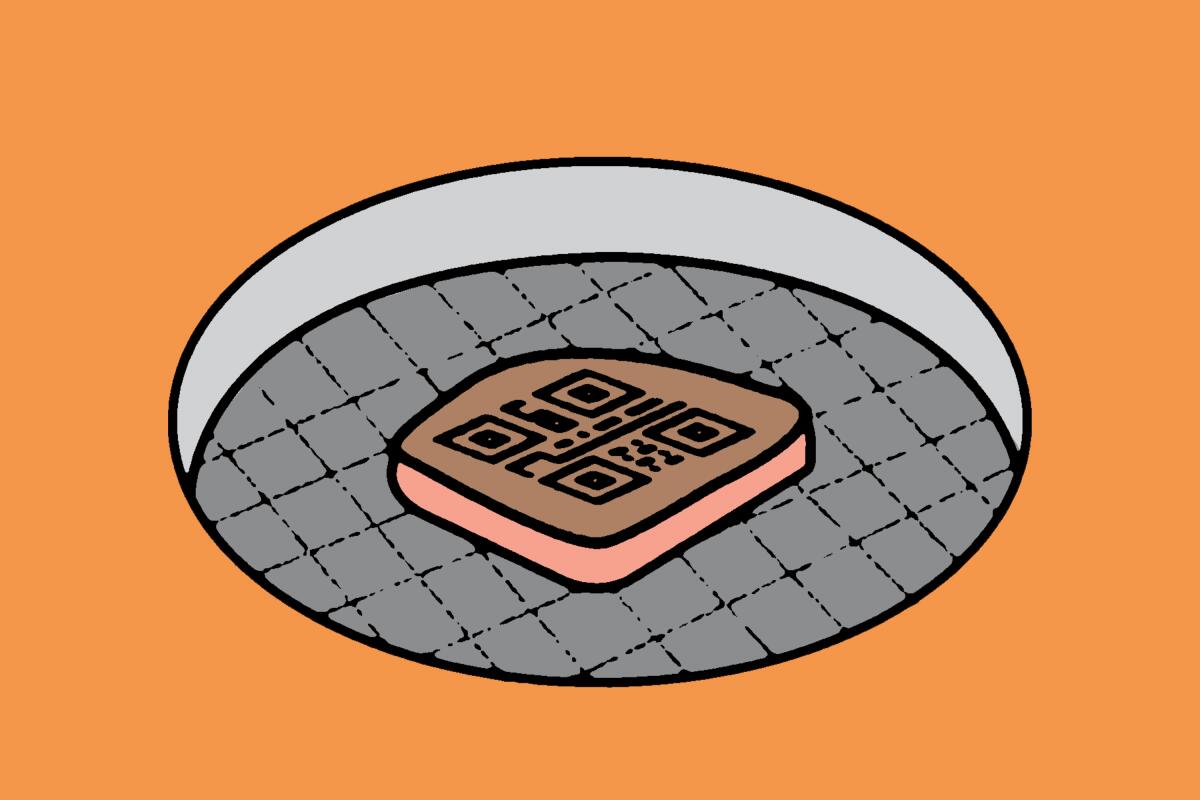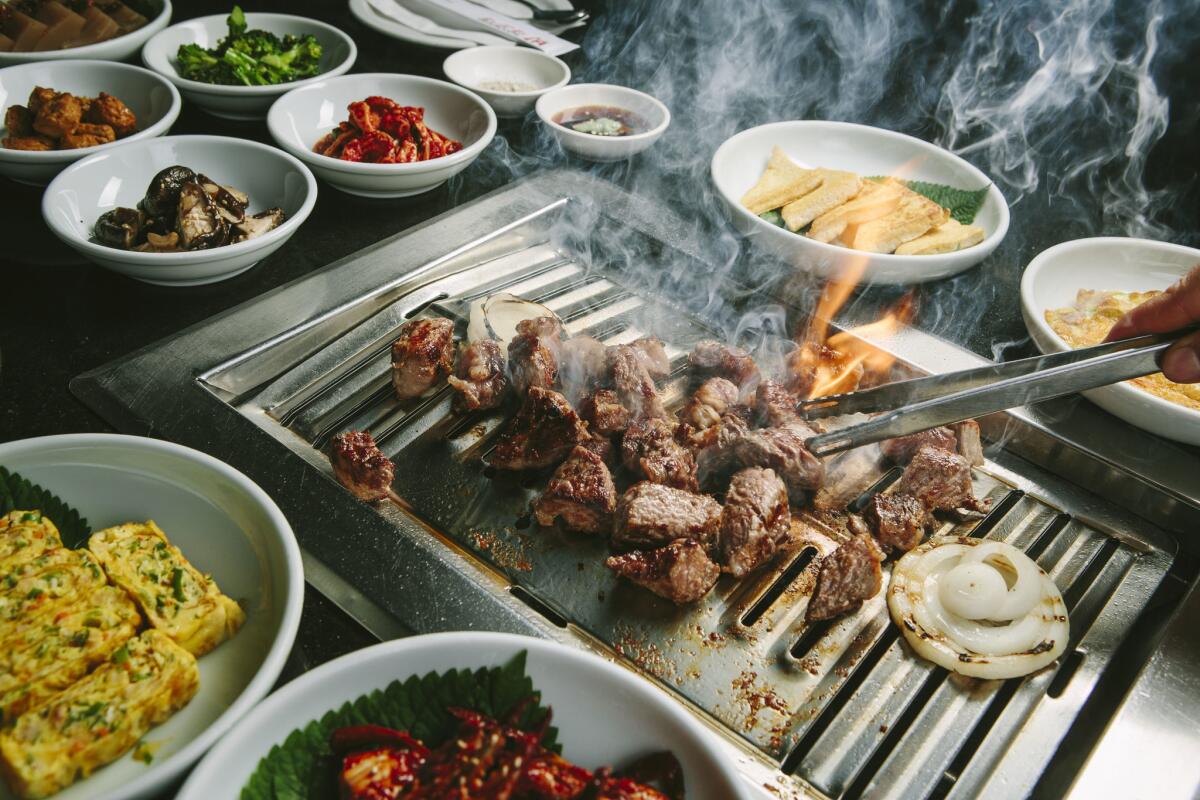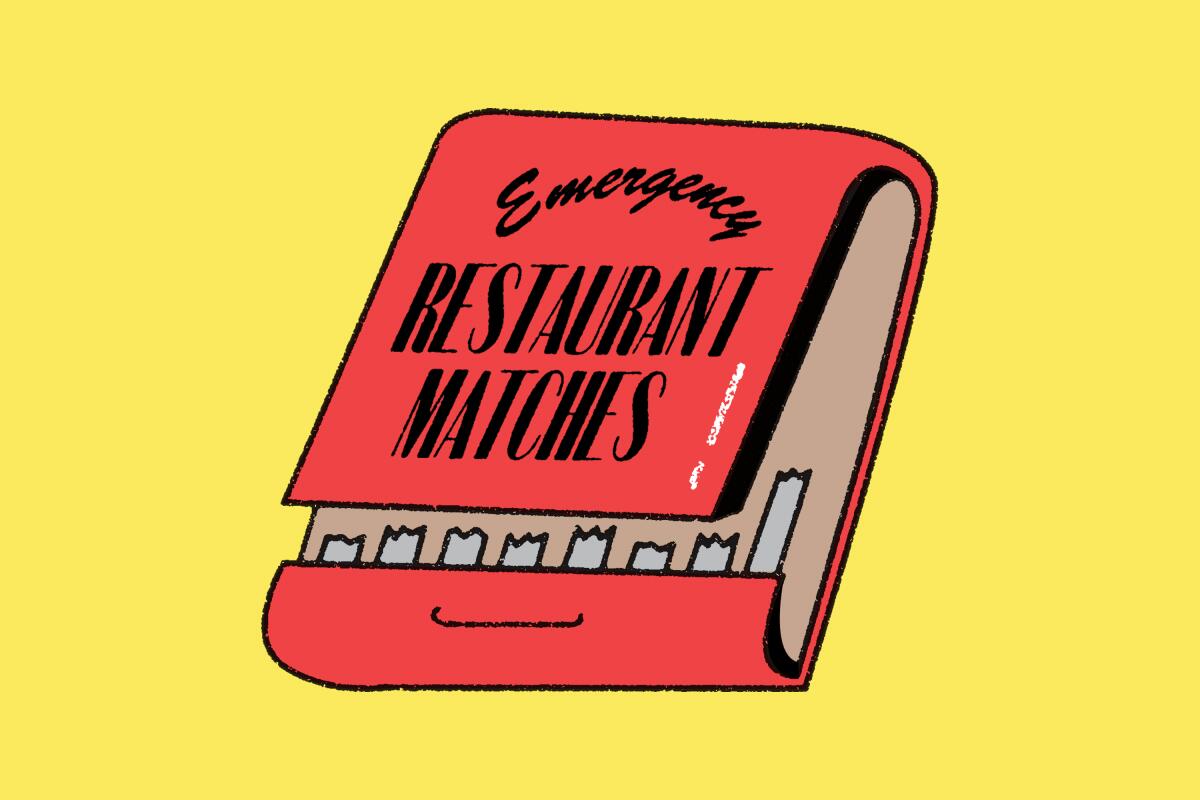Eat your way across L.A.
Get our weekly Tasting Notes newsletter for reviews, news and more.
You may occasionally receive promotional content from the Los Angeles Times.
Follow Us
Peter Meehan is former editor of the Los Angeles Times Food section. He previously edited Lucky Peach and wrote for the New York Times.
Andrea Chang is a Business reporter for the Los Angeles Times covering wealth, celebrity brands and influencers. She was previously a Column One editor, the deputy Food editor, the editor of the Hot Property luxury real estate section and an assistant Business editor, and has covered beats including technology and retail. Chang joined the paper in 2007 after graduating from the Medill School of Journalism at Northwestern University.
Garrett Snyder is a former staff writer for the Food section of the Los Angeles Times. He previously edited the food sections of Los Angeles magazine and L.A. Weekly and has co-authored several cookbooks. He is a graduate of Loyola Marymount University and believes in driving long distances for a good sandwich.
Bill Addison is the restaurant critic of the Los Angeles Times. He is recipient of the 2023 Craig Claiborne Distinguished Restaurant Review Award from the James Beard Foundation, among numerous other accolades. Addison was previously national critic for Eater and held food critic positions at the San Francisco Chronicle, the Dallas Morning News and Atlanta magazine.
Follow Us
Amy Scattergood is the former editor of the Los Angeles Times Food section and a former member of the Food reporting team.
Jenn Harris is a columnist for the Food section and host of “The Bucket List” show. She has a BA in literary journalism from UC Irvine and an MA in journalism from USC. Follow her @Jenn_Harris_.
Lucas Kwan Peterson is a former columnist and video producer for the Food section of the Los Angeles Times.
Follow Us
Patricia Escárcega was a restaurant critic at the Los Angeles Times from December 2018 to April 2021. A Southern California native, Escárcega was born in Riverside to a family of naranjeros (citrus pickers).
More From the Los Angeles Times
Most Read in Food
-
-
-
Nov. 8, 2024
-
